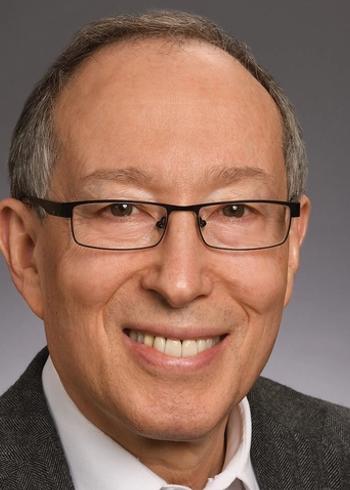
Immigration and the physician shortage: Residency bottlenecks and visa limits
Former HHS Secretary Tom Price, M.D., explains why thousands of ready-to-practice clinicians remain sidelined.
According to an article published in
Why? One key reason is that most graduate medical education (GME) slots are funded by Medicare, and Congress has long caped how many new physicians can enter residency training each year.
"In an effort to limit the exposure of a liability to Medicare, the number of residency slots are limited in this country," Price explained.
The second barrier, he noted, stems from the immigration system itself, which caps the number of health care professionals allowed in through merit-based or workforce-need pathways.
But, according to Price, there is a solution.
"We could solve this relatively quickly from an immigration standpoint by moving toward a merit-based visa system," he said. "[It] would then help significantly decrease the workforce challenges that we have, and also make it so that those individuals that are allowed into this country are folks that have a talent or an expertise in a profession that is drastically needed in the United States for our own citizens."
Newsletter
Stay informed and empowered with Medical Economics enewsletter, delivering expert insights, financial strategies, practice management tips and technology trends — tailored for today’s physicians.















